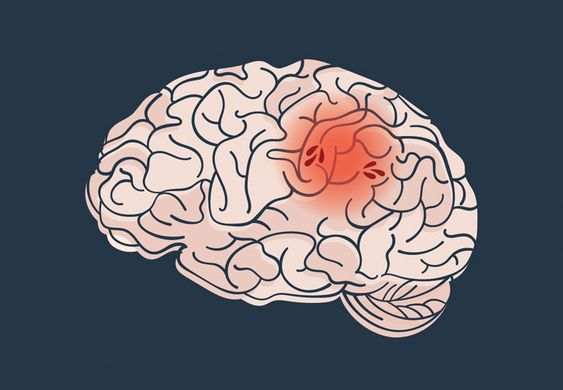Introduction
A stroke is a medical emergency that occurs when blood flow to a part of the brain is interrupted or reduced, depriving brain tissue of oxygen and nutrients. Within minutes, brain cells begin to die. Stroke is a leading cause of death and long-term disability worldwide.

There are two main types of stroke: ischemic stroke and hemorrhagic stroke. Ischemic stroke is caused by a blockage in a blood vessel supplying blood to the brain, while hemorrhagic stroke is caused by a ruptured blood vessel in the brain.
Recognizing the signs and symptoms of a stroke is crucial, as prompt medical attention can significantly improve outcomes and reduce the risk of long-term complications.
What Causes a Stroke?
Several factors can contribute to the development of a stroke. These include:
- High blood pressure: Uncontrolled high blood pressure is a significant risk factor for stroke.
- Smoking: Smoking damages blood vessels and increases the risk of blood clots.
- Diabetes: Diabetes can damage blood vessels over time, increasing stroke risk.
- High cholesterol: High cholesterol can lead to plaque buildup in arteries, restricting blood flow.
- Atrial fibrillation: This heart condition can cause blood clots that may travel to the brain.
- Physical inactivity and obesity: Lack of physical activity and obesity contribute to various risk factors, including high blood pressure and diabetes.
Stroke Symptoms
Stroke symptoms often appear suddenly and without warning. Recognizing these symptoms is vital for seeking immediate medical attention:
- Sudden numbness or weakness in the face, arm, or leg, especially on one side of the body.
- Sudden confusion, trouble speaking, or understanding speech.
- Sudden trouble seeing in one or both eyes.
- Sudden trouble walking, dizziness, loss of balance, or lack of coordination.
- Sudden severe headache with no known cause.
If you experience any of these symptoms, call emergency medical services immediately.
Stroke Treatment
Stroke treatment depends on the type of stroke, its severity, and the time elapsed since symptom onset.
Treatment for ischemic stroke:
- Medications: Clot-busting medications like tPA can dissolve the blockage and restore blood flow.
- Endovascular procedures: Minimally invasive procedures, such as thrombectomy, can be used to remove the clot.
Treatment for hemorrhagic stroke:
- Medications: Medications may be given to control blood pressure and prevent further bleeding.
- Surgery: In some cases, surgery may be necessary to repair the ruptured blood vessel or relieve pressure on the brain.
Stroke Types
As previously mentioned, there are two main types of stroke:
- Ischemic Stroke: This is the most common type of stroke, accounting for about 87% of all strokes. Ischemic strokes occur when a blood clot blocks an artery supplying blood to the brain.
- Hemorrhagic Stroke: This type of stroke occurs when a blood vessel in the brain ruptures, causing bleeding within the brain or surrounding tissues.
Understanding the different types of stroke is essential for proper diagnosis and treatment.





